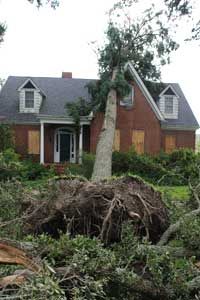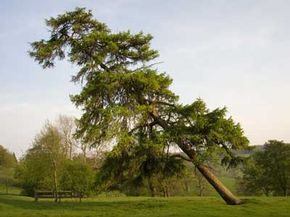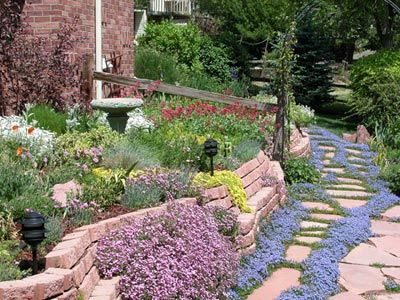When Hurricanes Katrina and Rita bulldozed their way across the Gulf Coast in 2005, they stripped away 75 percent of the trees in New Orleans [source: Kaufman]. That's just a sliver of the 320 million trees in Louisiana and Mississippi left damaged severely by the back-to-back storms [source: Kaufman]. Sturdy pines, oaks, maples and cypresses succumbed to whipping winds, rain and flooding.
That natural disaster is an exceptional case, yet smaller-scale tree damage can be costly for property owners as well. In Georgia alone, weather-related tree problems rack up $10 million in property value losses every year [source: Coder]. If a tree or large limb snaps and lands on your roof or car, the expenses mount.
Advertisement
The Beaufort Wind Scale rates wind intensity, like the Fujita Scale measures tornados and Saffir-Simpson Scale measures hurricanes. When winds reach a 10 on the Beaufort Wind Scale, it means they're strong enough to damage or uproot trees. Gusts that powerful probably mean you're in the middle of a hurricane, tornado or other natural disaster. But fierce thunderstorms can deliver destructive blows to trees, too, especially ones that are older, weaker or improperly cared for.
Unfortunately, there are no wholly weather-proof trees. First, a tree's structure cannot naturally withstand sustained hurricane or tornado-force winds. Wood fibers can shift in response to the wind, causing trees to sway, but only up to a point [source: Coder]. Also, trees with the strongest wood in the world aren't indigenous to the continental United States. You'll find those tropical hardwoods, such as teaks and ebony, in southeast Asia and other warm climates [source: Logan]. However, some commoner varieties are tougher than others when the weather kicks up. Live oaks, gingkos and sweetgum trees are among the more storm- and ice-resistant, while you'd want to avoid brittle birches, beeches and dogwoods [source: Clatterbuck]
To reduce the chances of storm-related tree damage, planting the most resilient species isn't the only option available. Assessing the health of individual trees is equally important. Properly tending to a lovely birch can help protect your property as much as replacing it with an oak. Doing so requires a little time and effort, but becoming an amateur arborist is much simpler than hauling away broken tree parts after a storm dies down.
Advertisement


